
The crying game: The history of the Onion Johnnies
Roscovites know their onions – and where best to sell these tear-inducing vegetables. Claire Vaughan wipes her eyes and discovers the history of the Onion Johnnies and their wonderful oignons rosés
When I was eight, my parents packed me off to a fancy-dress party in a striped T-shirt, jeans and beret, a string of plastic onions slung awkwardly round my neck. “I’m a Frenchman,” I told everyone. “The French eat a lot of onions…” I hazarded, as they eyed my accessories. Clearly my parents knew something I didn’t. It wasn’t until much later that I learnt about the Onion Johnnies.
To my parents’ and grandparents’ generations, these men were a familiar sight in late summer. “Onion Johnny is an adventurer. Every year, he sets out with the onion fleet from Roscoff and visits Britain. The men and boys who carry strings of onions slung from sticks call at houses all over the country. Housewives welcome them, for their onions are good,” reported the Evening Telegraph on October 12, 1938. But the onion sellers had been coming here long before this.
The story goes that in 1828, Breton farmer Henri Ollivier, faced with a three-month road journey to Paris, decided it would be quicker to sail to Plymouth to sell his onions. He was so successful that more and more farmers joined him each year – selling everywhere, from Wales to London to Aberdeenshire. In their late-1920s heyday, nearly 1,400 sellers brought an eye-watering 9,000 tonnes of onions to the UK.
In their home port of Roscoff, you’ll find La Maison des Johnnies et de l’Oignon de Roscoff, a museum dedicated to the intrepid sellers. “Here we tell the story of those locals who ventured overseas, knocking on doors to sell their unusual pink onions in an effort to support their families back home,” says Natacha Adlerfliegel, who runs the museum. Overlooking the harbour is the Johnnies’ old haunt, Chez Janie, now a charming three-star restaurant (with, bien sûr, Roscoff’s famous onion tart on the menu).
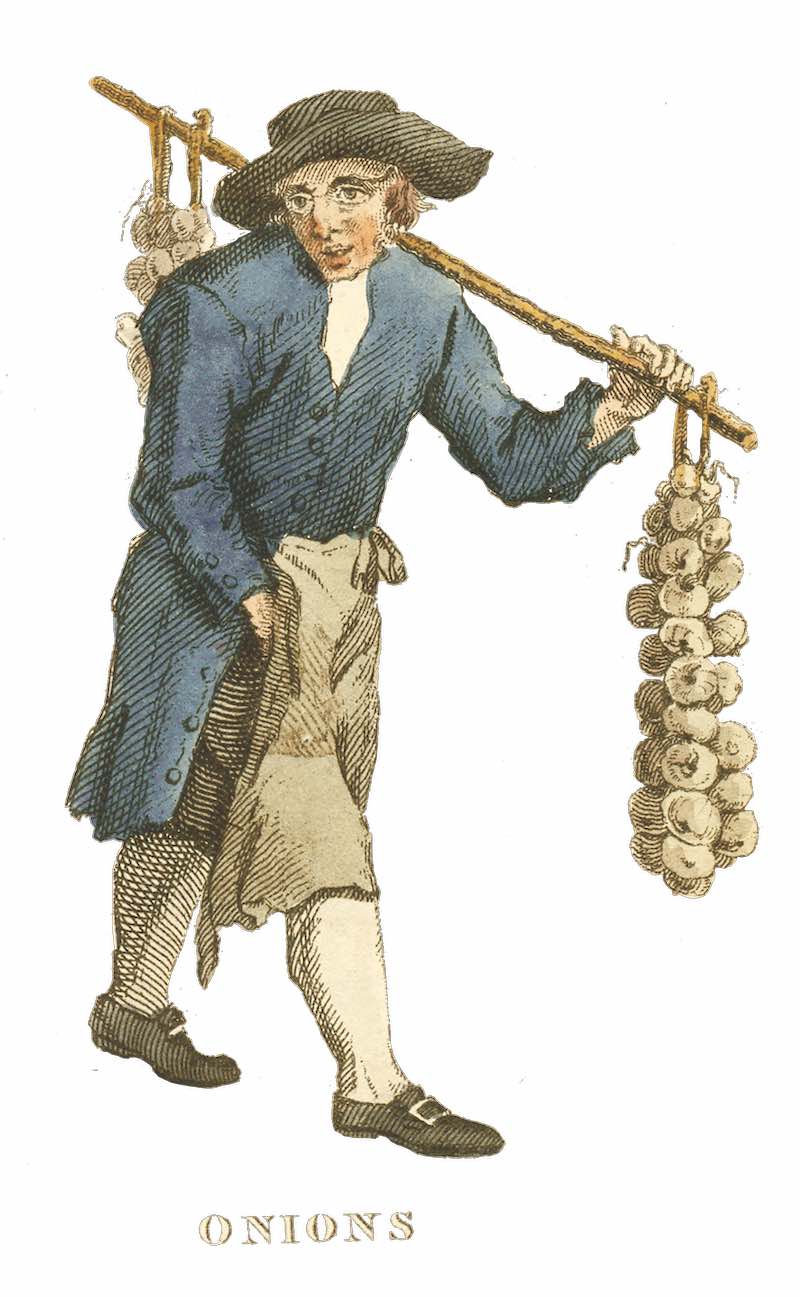
Roscoff onions have a wonderful pink hue (due to the seaweed-fed soil in which they grow) and a distinctive flavour: “They smell fruity, have a crisp texture and are very juicy with intense and complex aromas. They are sweet and slightly spicy and great for use in salads,” explains Natacha – as well as soup. “The onions are often plaited into a tress, in order of size. The largest, at the end, is referred to as penn kapiten – the Captain!” she adds. Every year, during the August harvest, the crowds come to honour these pink beauties at the Fête de l’Oignon de Roscoff.
DECLINE AND FALL
By the 1930s, the onion sellers were among the biggest traders in Roscoff. Some were growers, others bought their wares from farmers. It was a highly organised affair – groups banded together to hire boats. The fleet’s departure was a big annual event, with the whole town turning out to wave them off. However, tragedy struck in 1905 when, in thick fog and snow, on her return journey from Southampton, the steamship Hilda was dashed on rocks and sank three miles from Saint-Malo. Of the 105 on board, 99 perished including as many as 72 onion sellers.
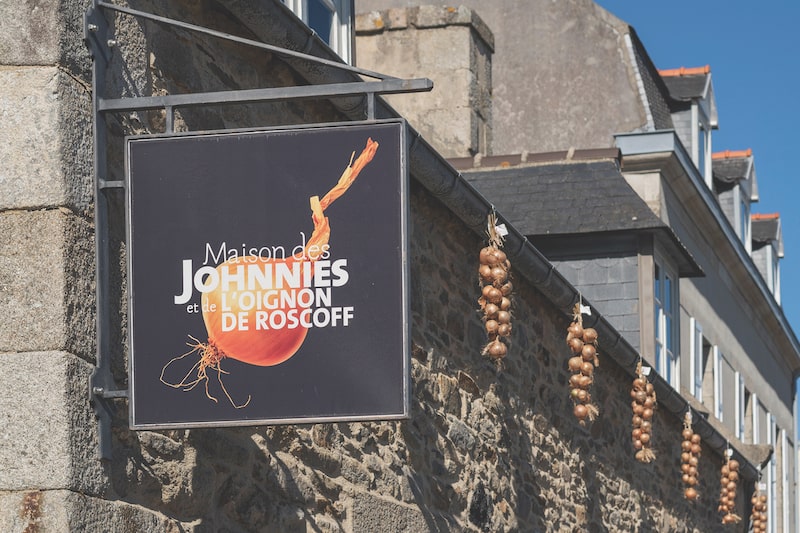
Despite restrictions on imports – particularly after the Second World War – the sellers continued to travel to the UK. But numbers have declined more recently and, in 2005, chefs bade a tearful goodbye to Jean Le Roux, London’s last Onion Johnny. Today, only a handful still make the journey across the Channel. It’s a crying shame…
This comes courtesy of Taste of France Issue Two. For more great recipes, food news and interviews with top chefs, buy your copy here!
Share to: Facebook Twitter LinkedIn Email
More in culture, Gastronomy, History, Onion, Onion Johnnies, Rosés, Vegetables

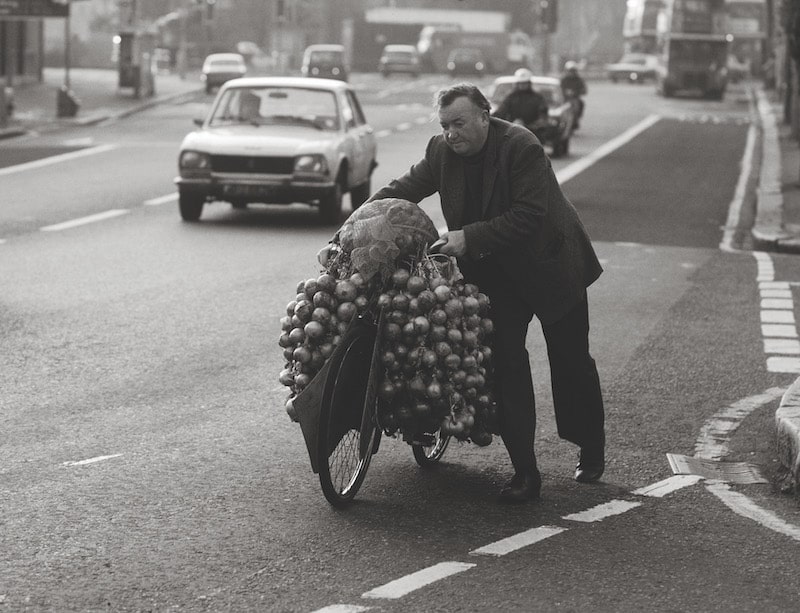
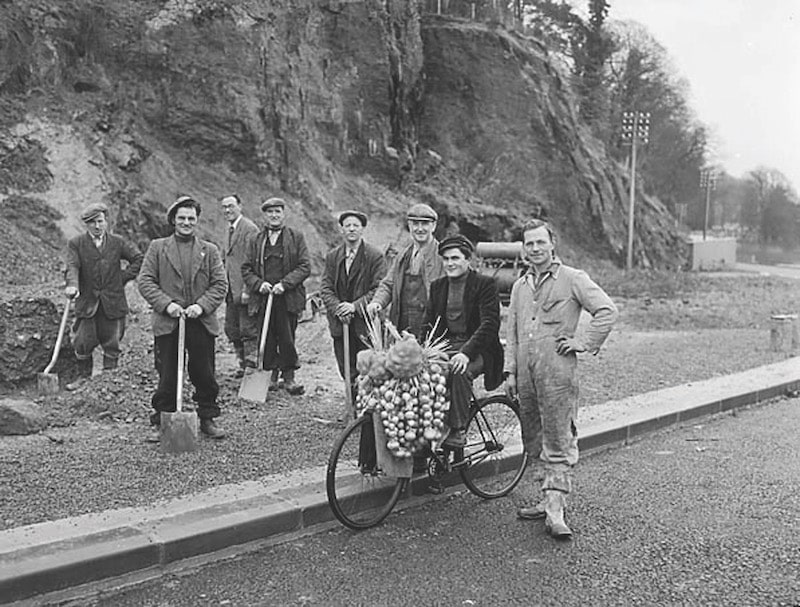

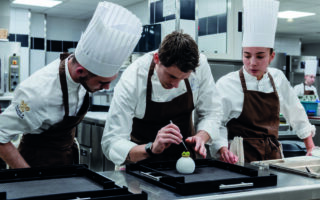

REPLY
REPLY
REPLY
REPLY
REPLY
REPLY